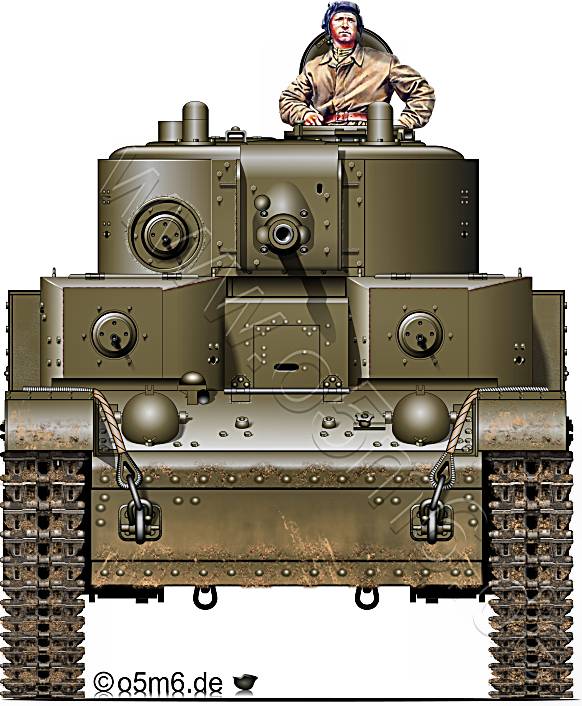
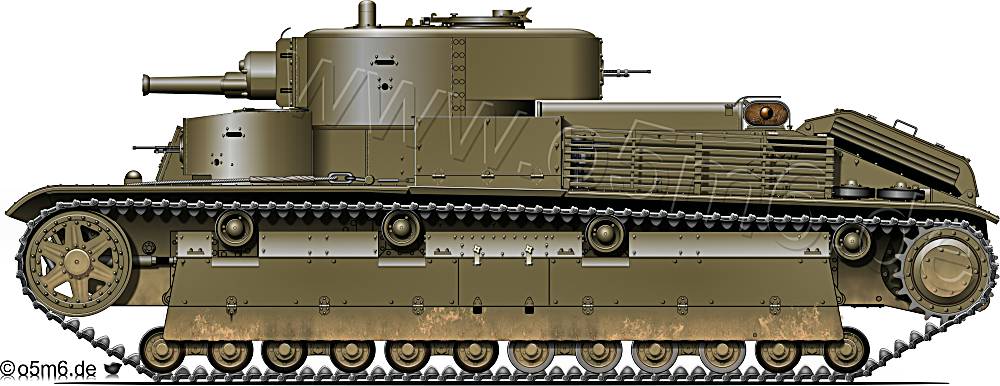
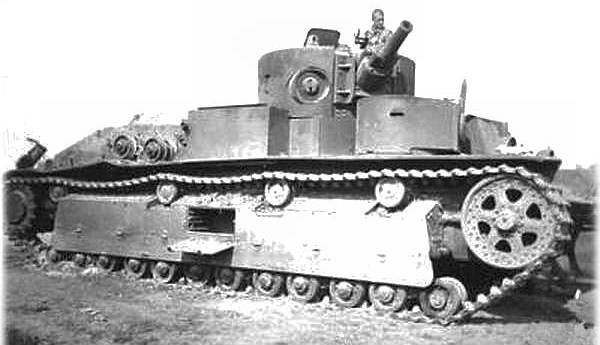
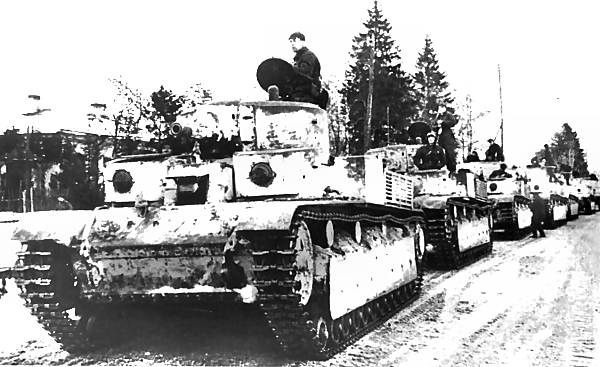
With a crew of six it weighed 25 tons causing the 500 hp M17 engine to burn 300 liters (80 gallons) of fuel per 100 km (60 miles) and thus restricting the action radius to just 100 km on rough terrain. Despite its impressive weight, the armour itself was comparably weak making the vehicle vulnerable to contemporary antitank guns and resulting in addtional applique armour attached to the final production batches.
Main armament of the first 200 produced tanks comprised the 76.2mm KT-28 Model 1927/32 gun which lacked the necessary armour-piercing capability and hence was replaced by the longer 76.2mm L-10 L/26 gun from 1938 on for the last 300 tanks. The two machinegun turrets were taken from the early T-26 light tank allowing a rotation radius of 160 degrees independent from each other.
The T-28 made its combat debut during the Soviet-Finnish Winter War of 1939/40 resulting in the loss of 90 tanks to Finnish antitank guns. However, the T-28 also contributed substantially to the decisive breakthrough of the Finnish Mannerheim line in March 1940.
On the eve of »Barbarossa« the Red Army had roughly 400 T-28 in service which almost completely fell victim to the German tank and air raids.
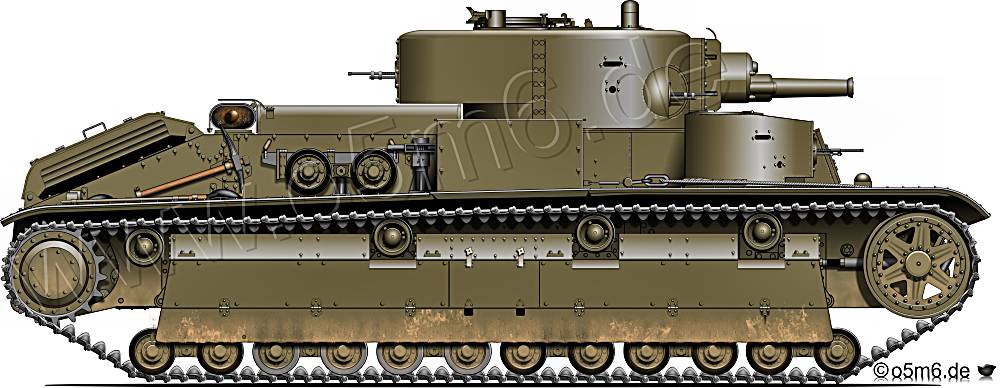
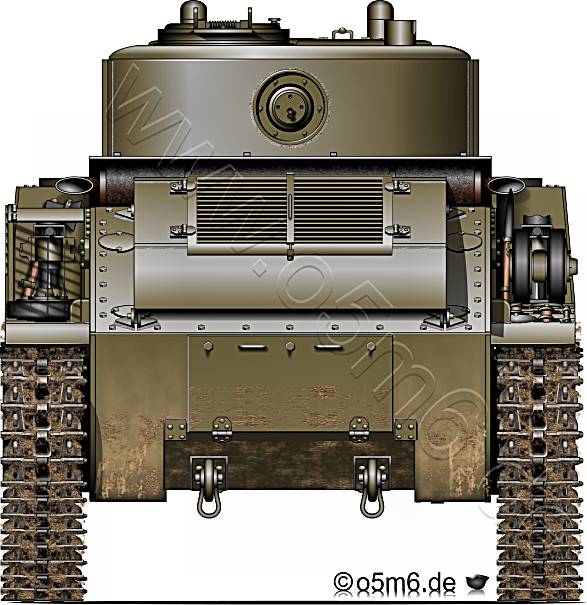
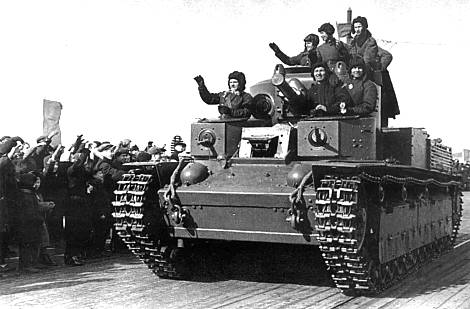
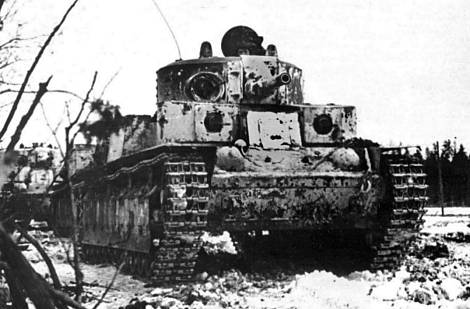
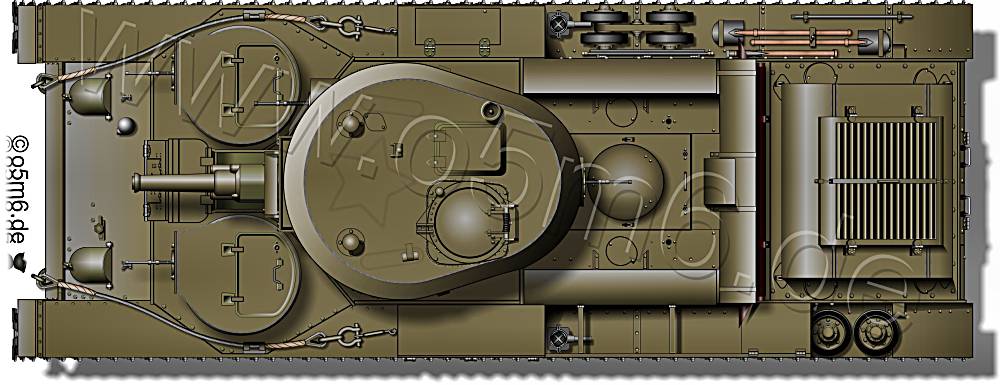
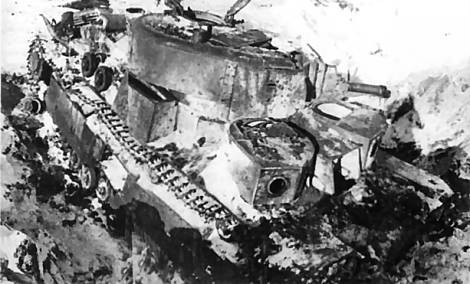
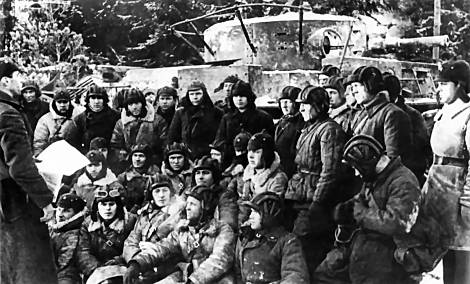
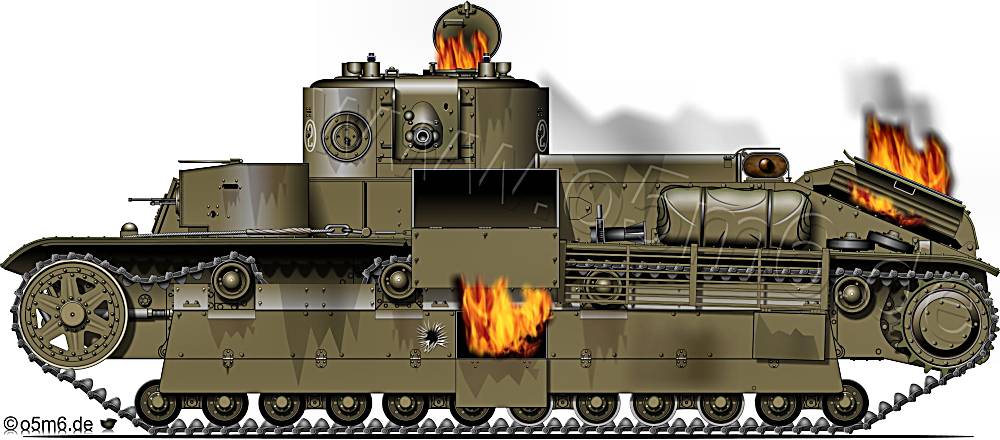
No publication in any form without the author's written permission.
Last Updated: January 21, 2012